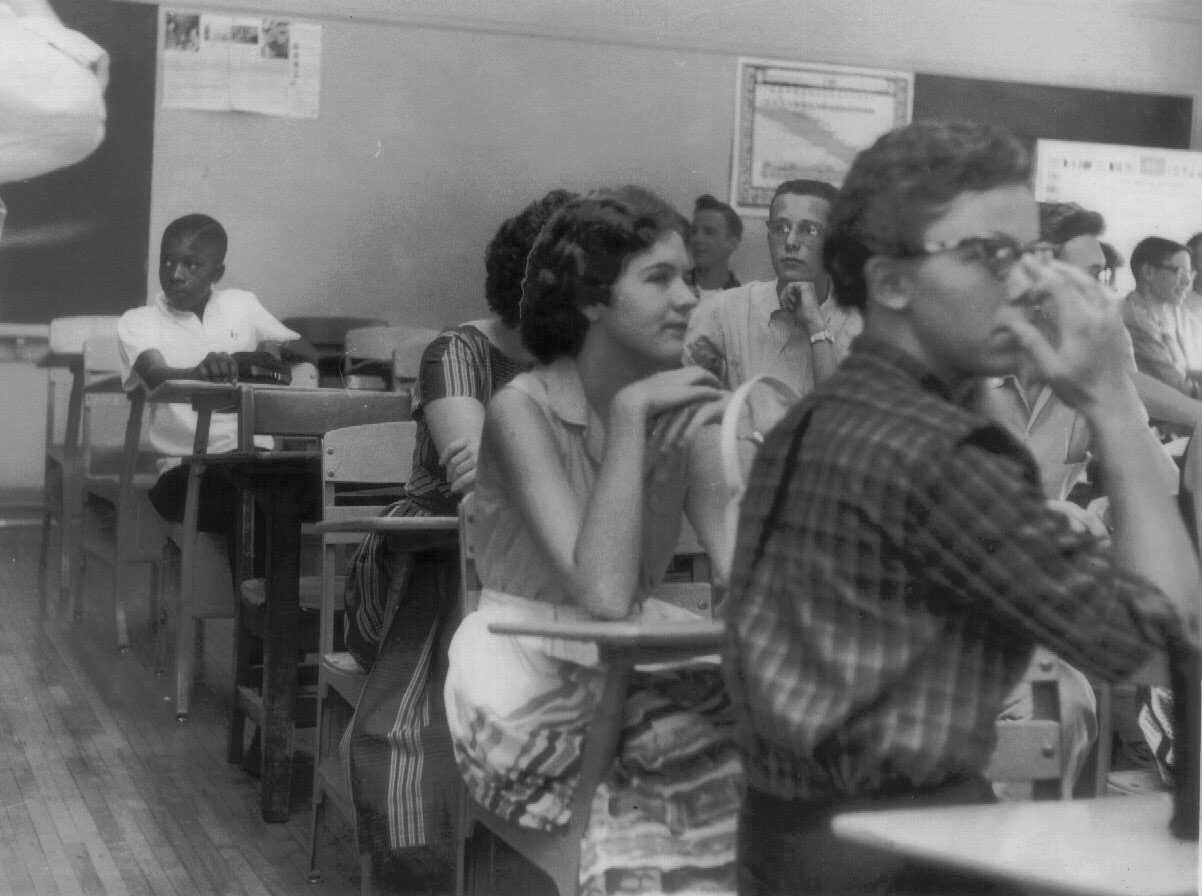

Are there any underlying messages or themes that the papers are trying to convey through their front pages? Consider the titles, photographs, accompanying articles and the geographic location of the papers in your analysis.This issue of "Diversity Digest" contains articles and resources focused on the lasting lessons, legacies, and spirit of the 1954 "Brown v.

The three front pages contain a variety of reactions from across the country but what commonalities do they share? How do they differ? What do those shared aspects indicate of the state of racial relations across the United States at the time?.So, amid the resistance, the Supreme Court addressed implementation in Brown v. While some states celebrated the ban on segregation, others defended their segregation laws and pushed back against the ruling, noting that the court did not set a timeline for integration in its decision. Most newspapers around the United States reported on this landmark case, showcasing the mixed reactions. In reading the majority opinion in a case challenging segregation in schools, Chief Justice John Warren declared, “Separate educational facilities are inherently unequal.” The ruling was intended to reverse decades of unequal treatment that African Americans faced in the United States. Board of Education of Topeka that separate facilities were often inferior for blacks and therefore segregation laws were unconstitutional. The ruling would stand until almost exactly 58 years later, when the Supreme Court ruled in Brown v. Ferguson that “separate” accommodations for whites and blacks were constitutional as long as they were “equal.” The Plessy doctrine led to legalized racial segregation across the United States in all aspects of public life, including public schools, restrooms and restaurants. On May 18, 1896, the Supreme Court ruled in the case of Plessy v.


 0 kommentar(er)
0 kommentar(er)
